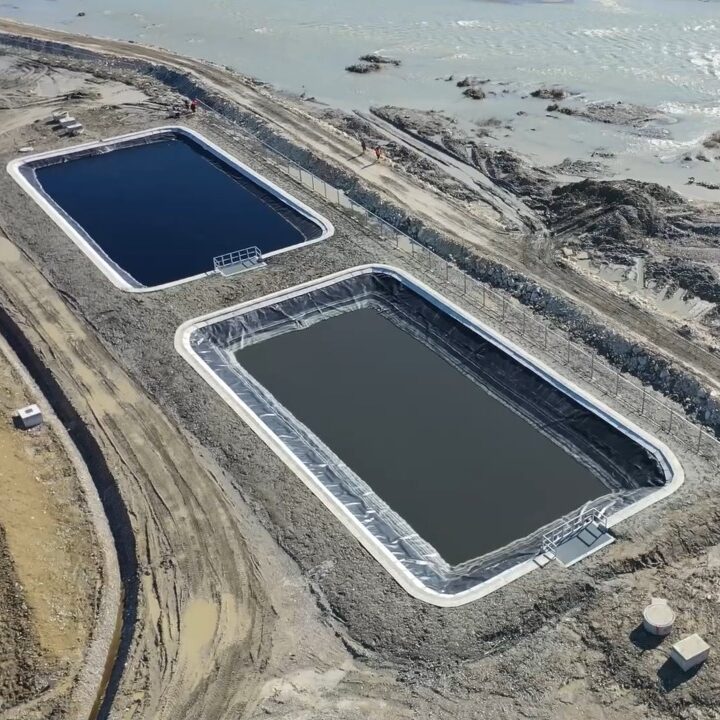The decarbonisation of the heat supply is a central challenge on the way to greenhouse gas neutrality in Germany. The heat transition must be organised and implemented locally. This requires clear goals, a strategy and a programme of action that reflect the specifics and opportunities in the respective municipality. These foundations are laid within the framework of a municipal heating plan. Municipal heating planning is intended to create a common framework for action and orientation in the respective municipality, which guides the necessary investments and which also shows where and with which means and measures politics and administration flank, support and secure the necessary change process.
The Hessian Energy Act obliges municipalities with more than 20,000 inhabitants to draw up corresponding plans from the end of November 2023. A nationwide regulation stipulating that large cities must submit plans by the end of 2025 is currently being heard by associations.
The City of Darmstadt has already set out on this path and commissioned a working group under the leadership of INFRASTRUKTUR & UMWELT to prepare the municipal heating plan (KWP). The goal is to present the municipal heating plan for Darmstadt by the end of 2024.
The action concept developed within the framework of the municipal heating plan can only unfold its effect if it is accepted as a framework for action by all relevant actors. Therefore, the preparation of the municipal heating plan will be combined with the participation of the relevant actors from the city administration, energy supply companies and grid operators, the housing industry and ongoing information and involvement of the citizens of Darmstadt.
Within the framework of the KWP, the heat consumption and supply structures of the building stock are surveyed in detail and the potentials for energy saving and climate-neutral heat supply from renewable energies and waste heat are determined.
The core elements of municipal heat planning are
- The development of a target scenario that shows the contribution of the different energy sources and supply technologies to greenhouse gas neutral heat generation,
- the division of the urban area into different suitability areas for the supply technologies,
- the development of concrete measures to implement the target scenario,
- the identification of focus areas in which priority should be given to the implementation of measures.



